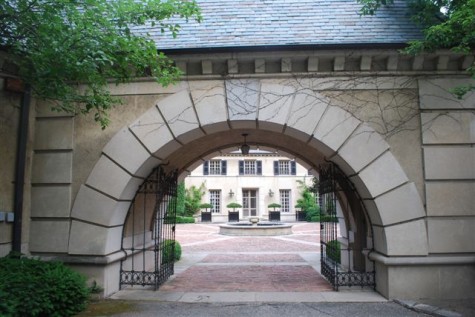
Stone has been used as a material in the construction of buildings and gardens for centuries. The Midwest has large deposits of limestone; when quarried, it is commonly referred to as Indiana limestone. It is soft enough to machine , cut or carve. It is an ancient material , of the earth. It is not surprising to see it in many forms in the garden. Old stone or new, what does it matter? Natural stone is a living material.
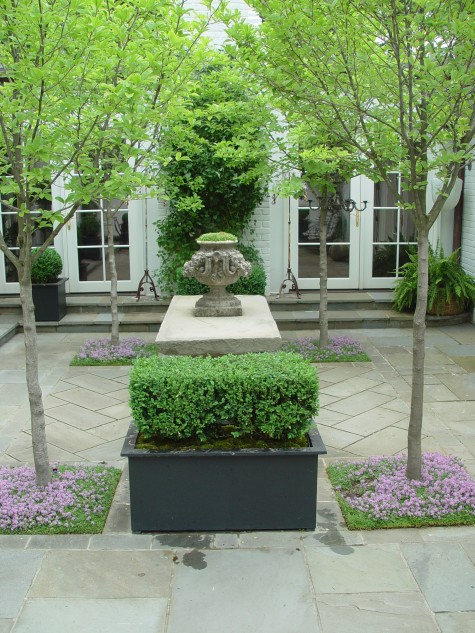
Ornamental stone vastly predates the modern and sophisticated machinery we have now; many old garden pots and urns were handcarved. I planted this delightful old French stone urn with one 4″ plant of sagina subulata; it would be equally as beautiful unplanted. The stone is darkened with age; the object has history, in a visible form.
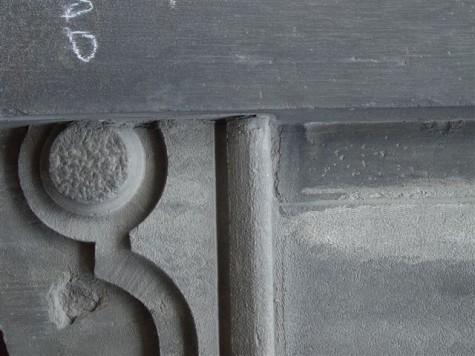 Montreal has many stone buildings. It seems sensible that a City build in such a fierce climate would be made of stone, for permanence. This feeling of permanence gives garden objects, made of stone, great cache. So many things in a garden are ephemeral; the stone by contrast speaks quietly to great age.�
Montreal has many stone buildings. It seems sensible that a City build in such a fierce climate would be made of stone, for permanence. This feeling of permanence gives garden objects, made of stone, great cache. So many things in a garden are ephemeral; the stone by contrast speaks quietly to great age.�

This building in the Old City of Montreal is now the Hotel Galt. Its modern interior is fashioned of glass, polished concrete, molded urethane, wood, woven steel drapes-very modern materials. Besides being a fabulous place to stay, it is a striking example of how building materials have evolved. Much of my fascination with English, French, and Italian gardens has to do with their history-their age. Newly placed limestone still holds the promise of history to come.
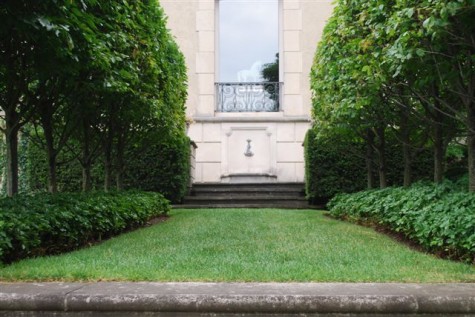
The limestone step in the foreground here has blackened with age. Limestone is porous enough to host very slow growing colonies of lichens and other plants. Many old stone pieces show the effects of coal used for energy. Old ornament from England can be dated before, or after, the Industrial Revolution, by its surface. Some limestone steps are actually worn down in the middle from many hundreds of years of foot traffic.
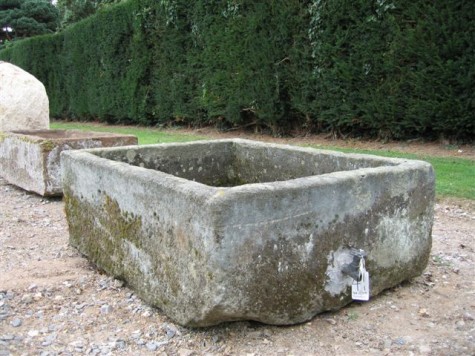
This 19th century cistern was carved from a solid block of stone, and was probably used as a watering trough for livestock. Filled with water, mosses and lichens flourished on its surface. Placed in a client’s garden as a fountain, the exterior of this cistern now is velvety green with moss. This centuries old piece is still working.
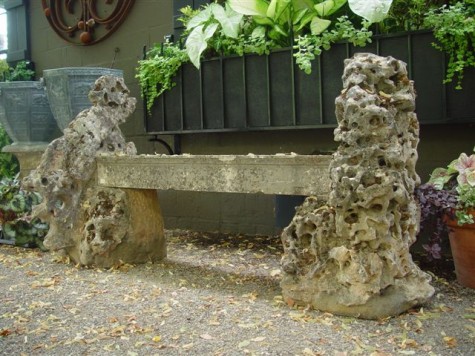
This old carved limestone seat is supported at either end by large barely shaped pieces of volcanic rock. Gone now, I hope it went to a shady moist garden that keeps its old plant life alive. The base of this organic and natural volcanic rock is formally carved; the hand of a person is evident.�

This terrace has a patina only time in a garden, exposed to the weather, could produce. Gardens need time; no doubt the best time to start gardening is right now.
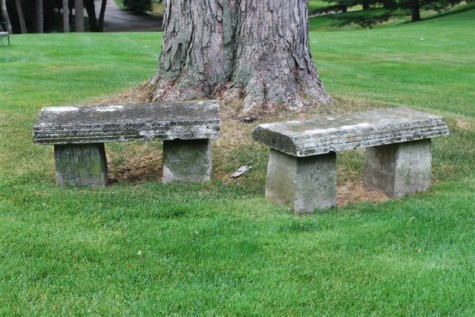
These old English limestone benches are more sculpture, than seating. The giant maple that shares the space with them has heaved them topsy turvy. I have no idea to level them. This vignette is a side story about stone. It’s a big story about nature. It’s a good story.